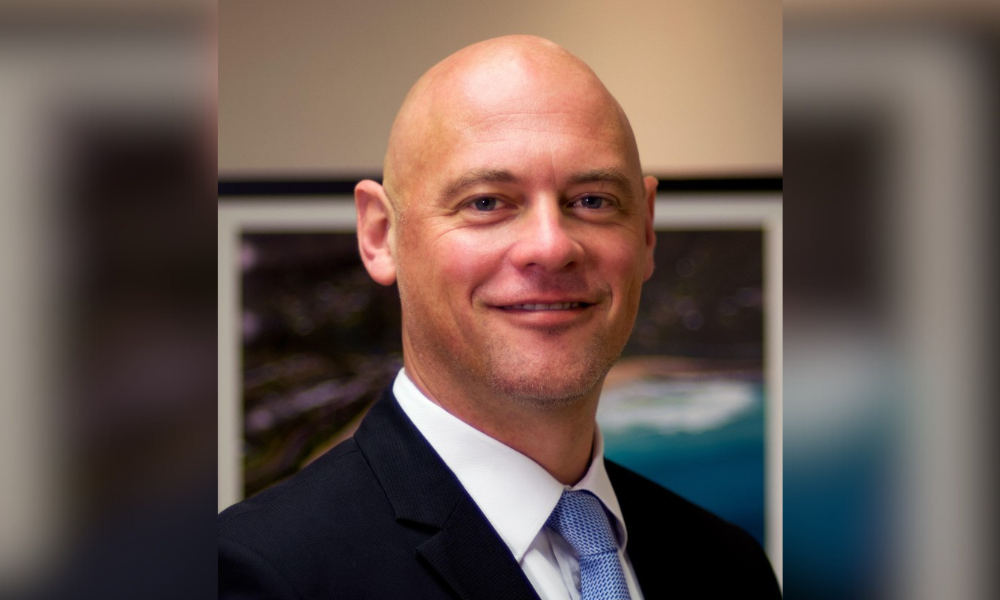
Matthew Peade of TFE Hotels to discuss ways to evaluate programs at Learning & Development Summit Australia 2024

In the hotel industry, people count. Being able to pick the right ones for leadership roles will make a huge difference to how guests remember their stay.
The key, says Matthew Peade, TFE Hotels director of learning development, is to balance qualitative feedback with quantitative data.
The company’s L&D program is built on four pillars: leadership development, shaping company culture, driving business performance and managing risk.
“The aim is to build leadership capability across all levels in our business, from strategic leaders to people leaders and emerging leaders,” he told HRD.
“Because we’re a customer-facing operation, delivering service programs that support team members to be able to deliver high-quality service is a high priority.”
In an organisation with more than 2,000 workers dispersed across about 80 sites in Australia, New Zealand, Asia and Europe, management always has an eye out for new leaders with the four pillars, Peade said.
“Quantitative data is one element of how we measure success,” he said, “but given that learning and development – and people – is a human aspect, it’s also important to measure the qualitative aspect and seek feedback from not only people who have been through the programs, but also their managers in terms of how [the L&D team is] performing and the value we add to the business.”
Peade’s team is also involved in leadership conferences and annual regional roadshows that include awards and recognition series.
“Our team contributes to all those culture-shaping and strategy communication activities worldwide – that’s where I see we add value to the organisation,” he said.
Learning and development is a business cost, and boards want to see results.
“The more we can do to minimize expense to the business – and that means doing things in-house and really considering what programs are necessary and add value – the more efficient we are,” said Peade, who will be part of the panel discussion “Evaluating the success of learning programs – using data analytics to gain insight” at the Learning & Development Summit Australia in Sydney on 30 October.
The Academe program is a good example. To get into the program, a participant must be nominated by their manager, have been on staff at least six months and cleared a performance hurdle. The leadership program includes a year-long curriculum of 12 to 13 topics delivered as webinars along with guest speakers who are internal leaders in business. Participants are also paired with a mentor, being a business leader who is not a direct manager.
“[The course] culminates in participants presenting at the Academe graduation in front of the strategic leadership team,” Peade said. “They’ve got the opportunity to really share their insights, knowledge and career growth.”
The Academe program has been running almost 10 years, and Peade has had plenty of feedback in that time.
“Individuals tell me how much they enjoyed it, how much they learned and how much it has helped shape their career,” he said. “They tell me it has helped them have a new perspective or understanding of where the business is heading.”
Progress is monitored via a monthly catch up with each participant along with a mid-program feedback survey and another at the end of the program, Peade said. “Those are some of the high-level metrics I look at, and also the level of engagement from the leadership team.”
Training at TFE Hotels is coordinated using a hub-and-spoke model that leverages a digital global learning management system along with use of specialists and supporting content platforms.
“Another key enabler is ensuring that we have good peer-to-peer learning and leader-led learning, not only as part of our core programs but as part of daily operations,” he said.
A face-to-face onboarding program is followed with live online learning and facilitated webinars. “People can go through their learning at their own pace in courses that we design and deliver through our learning management system,” Peade said.
At the Learning & Development Summit Australia 2024 on 30 October, Peade’s panel will discuss strategies to collect, analyse and present data to support, and cover:
Register for the summit here.